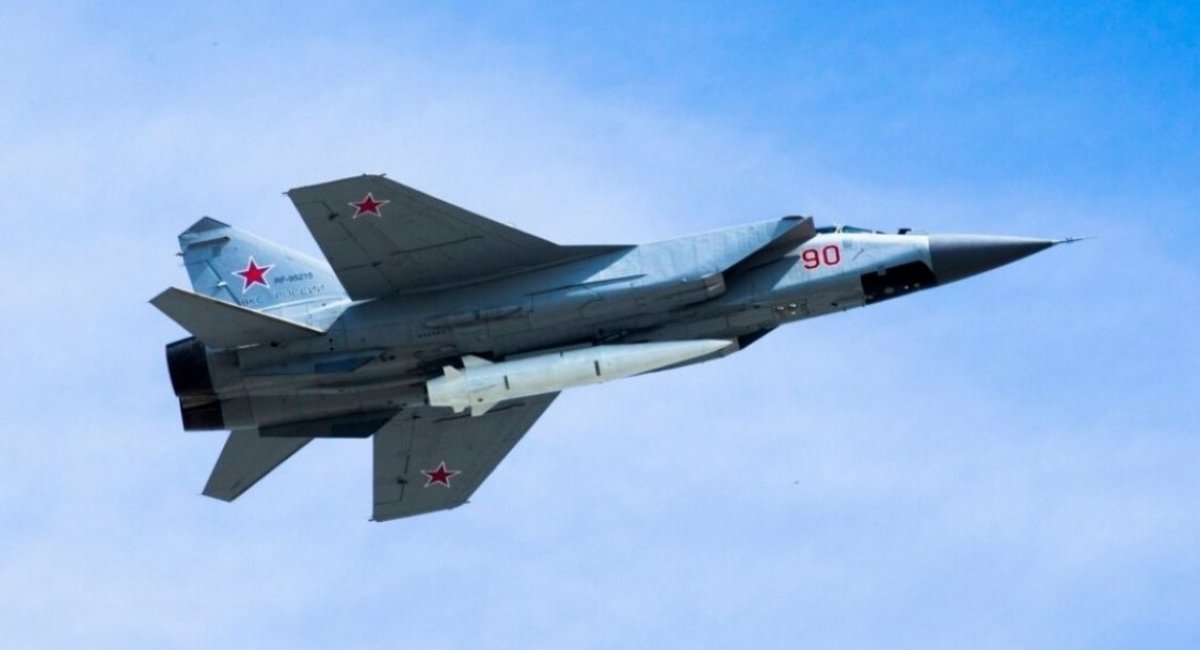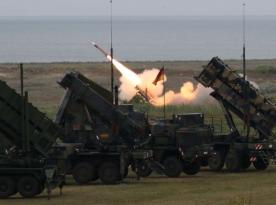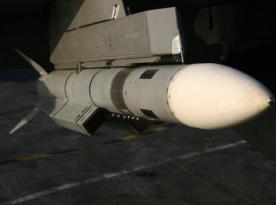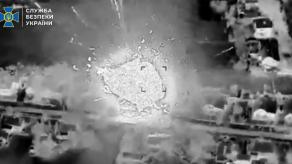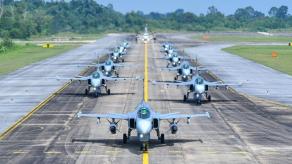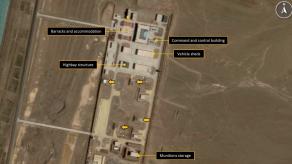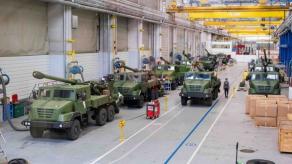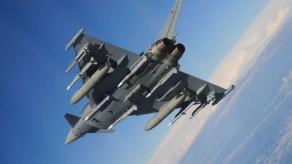When russian Kh-47M2 Kinzhal hypersonic missiles are launched, people across several regions in Ukraine often report hearing loud explosion-like sounds — even if the missile didn't hit anywhere nearby. The phenomenon is linked to the so-called "Mach cone."
When an object travels at supersonic speed, the sound it produces can’t move forward as it normally would. Instead, it accumulates and compresses into a conical wave that trails behind the object — forming what is known as a Mach cone.
Read more: U.S. Considers Restarting F-22 Raptor Production
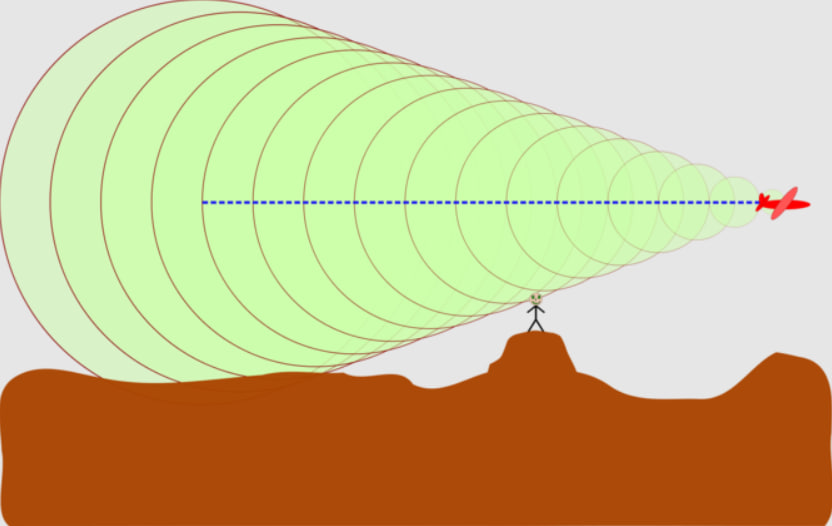
This effect applies directly to the Kinzhal missile, which travels at hypersonic speed. When the cone passes over or near you, the pressure wave causes a sonic boom — perceived as a sudden explosion.
Interestingly, if the supersonic object is flying directly above you at that moment, you won't hear it. That's because the sound hasn't yet reached your position — it trails behind the object due to its high velocity.
You can see a clear example of this in the video below, where an F-18 Hornet flies by viewers, and his "sonic boom" is heard only when it passes over the aircraft carrier.
So when Ukrainians hear the boom from a Kinzhal flyby, the missile is already far past our location. Due to its extreme speed, the sonic wave travels across a wide area, reaching places far from the actual strike zone.
There is still debate over how "hypersonic" the russian Kinzhal truly is. But regardless, it moves fast enough to reliably generate a Mach cone.
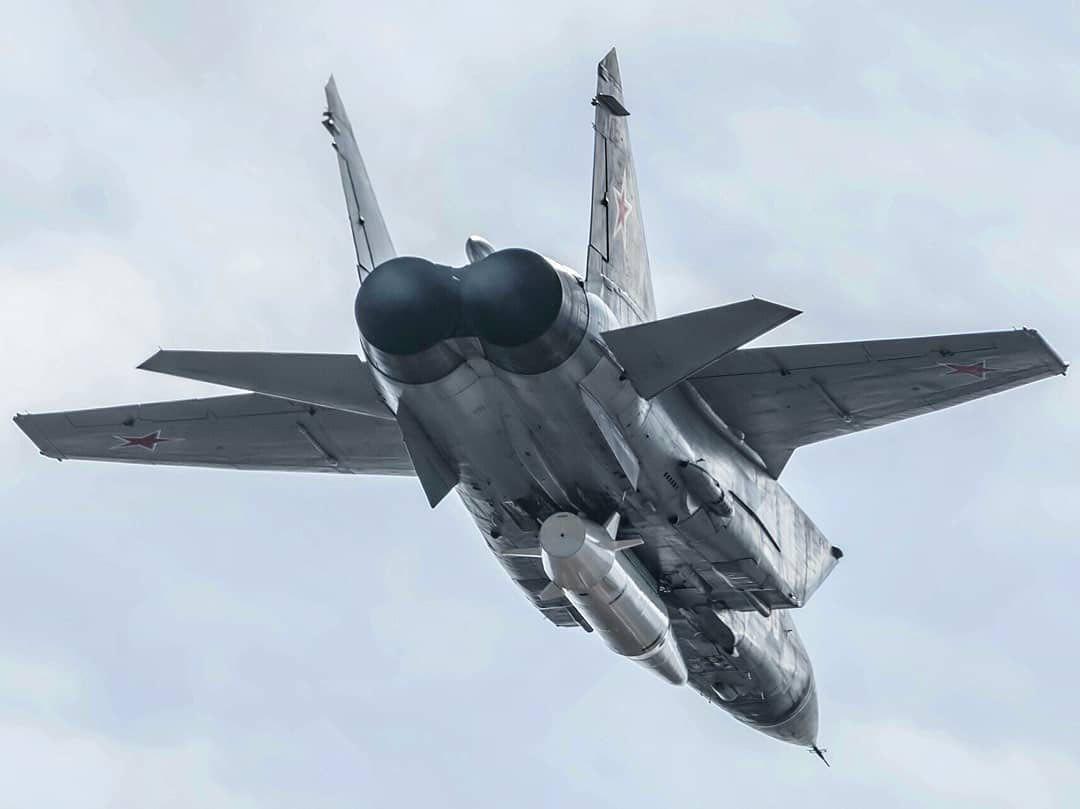
This effect is common to all supersonic weapons and aircraft that reach the speed over 1 Mach — it's the same principle behind the sonic booms produced by military jets.
On a more humorous note, the Mach cone was once cited as a key reason why supersonic civilian aviation never took off at scale. While other economic and technical factors played a bigger role, noise pollution remains a serious concern even today.
Read more: Is Lockheed Martin Using the Two-Engine F-55 as a Marketing Ploy to Keep Pentagon Cash Flowing?




